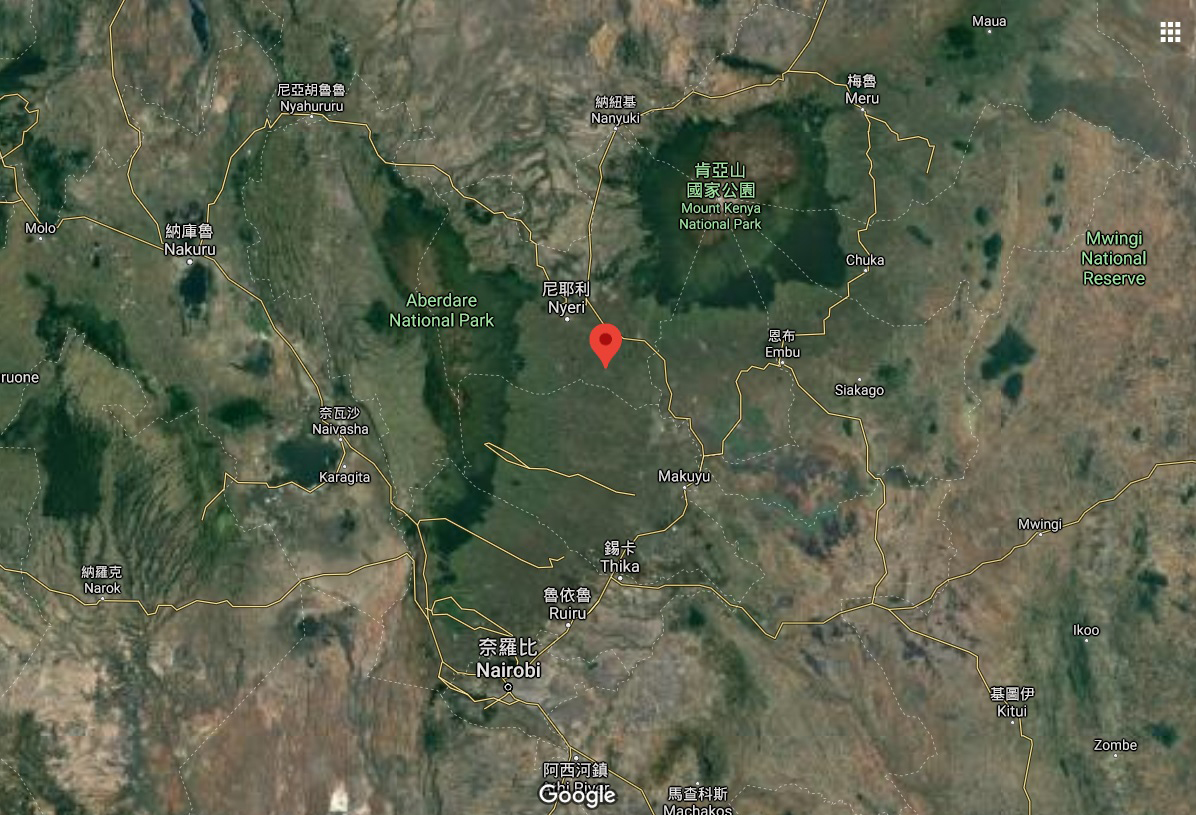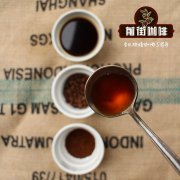Kenya Camugani processing Plant introduces the characteristics of Kenyan SL28 and SL34 coffee beans
Characteristics of Camugani treatment Plant
The Camugani processing Plant (Ruthaka Kamuchuni) is located in central Kenya, between the Aberdare Mountains and the Kenyan Mountains, at an altitude of about 1650-1700 meters above sea level, and about 100km southwest to the capital Nairobi.
The Camugani treatment plant was established in 1987 and belongs to the Ruthaka FCS cooperative system. There are 480 cooperative small farmers around them, each with an average planting area of about 1.5ha, with about 200 coffee trees, all of which are diversified. In addition to the grain and fruits and vegetables they need, coffee beans are among the crops that can be sold at a good price, as well as an important source of cash for small farmers.
The Camugani processing plant (Ruthaka Kamuchuni) is composed of members of a small cooperative. In addition to the Camugani processing plant (Ruthaka Kamuchuni), the other three processing plants are Ruthaka Mukui, Mwirua Riakiania and Mwirua Kiambwe. The first English word represents the cooperative name, and the second English word represents the processing plant name, that is to say, there are two cooperative societies, a total of four processing sites form a small collection.
Coffee is planted between 1350 and 1800m, which is plateau topography and acidic volcanic ash soil. the average annual rainfall is about 1200mm and the temperature is about 13-24 ℃. There are two production seasons in a year, from March to May and from November to December. After hand-selected harvest, coffee cherries will be transported to the treatment plant on the same day for classification-defects such as red fruit, overripe, immature and external factors, wash and ferment, and then place the scaffolding to dry in the sun.
The river water used in the treatment site will not be discharged until it is continuously recycled. Because of the rise of awareness of environmental protection, the treatment plant has set up a wastewater tank, which can drain the waste water to the land for re-irrigation. The long-term goal of the treatment farm is to increase output through solid staff training, seminars and other educational methods, so as to enhance the feedback to farmers.
The well-drained, organic-rich volcanic red soil in the mountains nourishes the coffee bushes here, and the altitude and cool climate are enough to make the coffee fruit mature slowly, creating high-hardness raw coffee beans.
Because it is located at the equator and has two rainy seasons a year, coffee can be harvested twice, with the main season from October to December and the secondary season from April to May.

A super variety SL28/ SL34 from Kenya
The flavor of Kenyan coffee is unique in the world. Its strong and bright acidity and rich sweetness are unforgettable tastes for coffee lovers. Therefore, the price of good Kenyan coffee is much higher than that of other countries.
When it comes to Kenya in the professional field of coffee, we must not leave out SL34 and SL28, which is the unique naming method of Kenya.
Since the 1930s, the Kenyan government, in cooperation with the internationally renowned ScottLaboratory (SL), has developed a series of variety improvement programs with French missionary French Mission from Tanzania and Mocha from Yemen, hoping to cultivate excellent varieties with drought resistance and high yield.
Although the varieties numbered # 28 and # 34 have very little yield, they are particularly adapted to the special climate of Kenya's high altitude (low temperature, long drought, rainstorm), and develop a strong and rich special flavor, and finally become the familiar Kenyan coffee.
Kenya AA Camugani processing Plant
Kenya AA, Kamuchuni Factory of Ruthaka FCS
■ countries: Kenya / Kenya
■ producing area: Neri / Nyeri
■ producer: Camugani processing Plant / Kamuchuni Factory
■ altitude: 1650-1700 m
■ variety: SL28 & SL34
■ treatment: full washing / Full Washed
■ flavor: rich fruit flavor, with BlackBerry, Luoshenhua, plum flavor, bright sweet and sour, smooth taste, sweet finish with honey.

Important Notice :
前街咖啡 FrontStreet Coffee has moved to new addredd:
FrontStreet Coffee Address: 315,Donghua East Road,GuangZhou
Tel:020 38364473
- Prev

Several common mistakes in roasting coffee beans | how to avoid unstable factors when roasting coffee
The operating procedures of coffee and bean roasting factories are bound to go wrong, whether it is human or equipment problems. The good news is that there are ways to limit, mitigate, or even avoid these problems altogether. Understanding these errors can help optimize procedures and take precautions, helping to maximize the potential of your raw beans. In this article, let's take a look at the common mistakes made when baking beans, such as
- Next

How will the capacity of the baking machine and the amount of baked beans affect the baking? How long does it take to bake coffee?
When you want to bake a batch of raw beans, will you consider the capacity of the baking machine and adjust the baking method? How much effort did you put into baking this batch of beans? Knowing the capacity of the bean roaster and how roasting affects coffee roasting will give you a better understanding of roasting, control the causes, and bake better beans. In this article, let's see how the capacity of the bean dryer and the amount of beans will affect the baking knot.
Related
- Beginners will see the "Coffee pull flower" guide!
- What is the difference between ice blog purified milk and ordinary milk coffee?
- Why is the Philippines the largest producer of crops in Liberia?
- For coffee extraction, should the fine powder be retained?
- How does extracted espresso fill pressed powder? How much strength does it take to press the powder?
- How to make jasmine cold extract coffee? Is the jasmine + latte good?
- Will this little toy really make the coffee taste better? How does Lily Drip affect coffee extraction?
- Will the action of slapping the filter cup also affect coffee extraction?
- What's the difference between powder-to-water ratio and powder-to-liquid ratio?
- What is the Ethiopian local species? What does it have to do with Heirloom native species?

